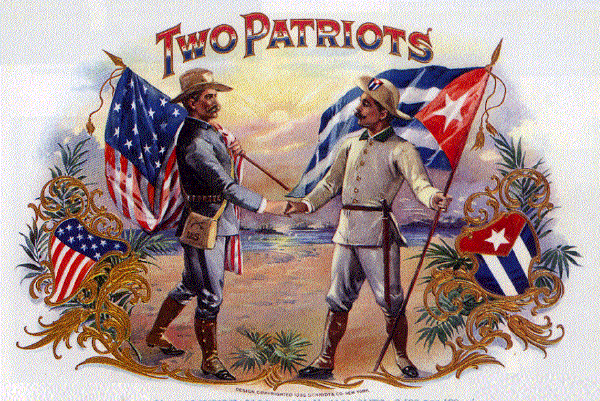This famous treaty is one reason why the United States currently has Guantanamo Bay.
The Cuban – American Treaty was signed by U.S President Theodore Roosevelt and Cuban President Tomás Estrada Palma in February 23, 1903. This treaty was in regard to a lease of the Guantanamo Bay area to the United States of America for naval and coaling purposes. This treaty also allowed the United States of America to have much control and jurisdiction over the area while also allowing the sovereign recognition of the Republic of Cuba. Cuban trading vessels would be allowed to partake in free passage throughout the waters.
The Platt Amendment and Cuban American Treaty
Before the Cuban – American treaty was signed, there existed the unpopular Platt Amendment which was added as an additional provision annexed to the Army Appropriations Act of 1901 under legislature consideration. It was formulated by U. S Secretary of War Elihu Root and was presented by the Connecticut Republican Senator Orville H. Platt (1827 – 1905). It acted as a replacement for the Teller Amendment which was enacted on April 20, 1898 by a joint resolution of the United States Congress in response to President McKinley’s War Message. According to the clause, it stated that:
“the United States of America could not annex the nation of Cuba but only leave control of it to its people.”
The Platt Amendment also specified the conditions of U.S troop withdrawal. But while the United States was in Cuba, there could be no Cuban land transfer to any other nation other than the United States of America. The nation of Cuba could incur no foreign debt nor negotiate treaties with other nations. In addition to that, no other nation would be able to obtain lodging in or control any portion of the nation of Cuba.
The Repeal of the Platt Amendment
Many Cubans considered the Platt Amendment provisions to be an imperialist infringement on their sovereignty as citizens of Cuba. And it was in 1934 that the Platt Amendment was repealed when a new treaty was negotiated courtesy of President Franklin Delano Roosevelt’s “Good Neighbor policy” towards the nations of Latin America.
Roosevelt’s Good Neighbor Policy
The “Good Neighbor” policy was the United States policy put forth by the Roosevelt Administration during 1933 – 1945. Since military intervention was unpopular during the military occupation of Cuba at times, the United States of America decided to shift to other methods to keep American influence within Latin America. This led to support of local leaders who were pro-American, accepted National Guard training and were culturally viable as seen by media outlets from America.
Cuba Today Under President Castro
Cuba is currently headed by lifetime President, Fidel Castro (1926 – ) since the revolution which saw the removal of Cuban de facto leader, General and politician Fulgencio Batista (1901 – 1973). Fidel Castro also feels that the Cuban – American Treaty is a violation of Article 52 of the 1969 Vienna Convention on the Law of Treaties which was also part of the Platt Amendment.








